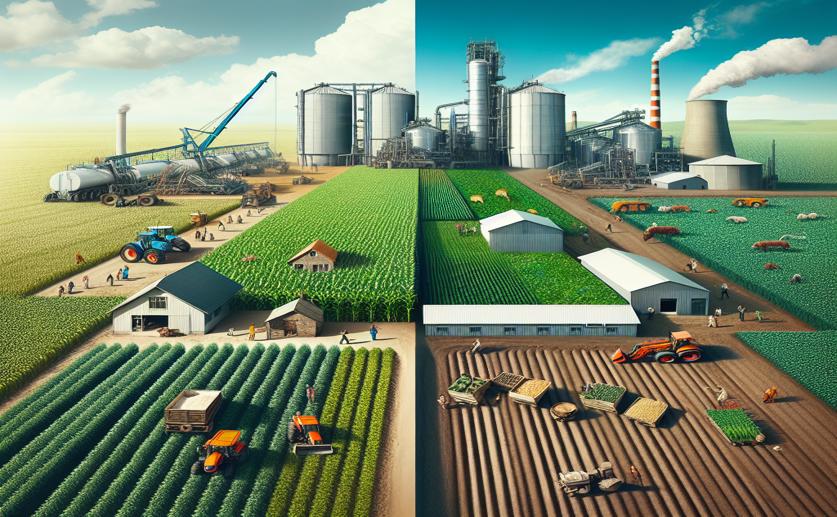
Do Big Farms Offer Better Lives and Environment than Small Ones?
Greg Howard
24th February, 2024

Image Source: Natural Science News, 2024
AgricultureEnvironmentSustainability
References
Main Study
1) Do large-scale agricultural entities achieve higher livelihood levels and better environmental outcomes than small households? Evidence from rural China.
Published 22nd February, 2024
https://doi.org/10.1007/s11356-024-32245-w
Related Studies
2) Crop switching can enhance environmental sustainability and farmer incomes in China.



 21st February, 2024 | Jim Crocker
21st February, 2024 | Jim Crocker